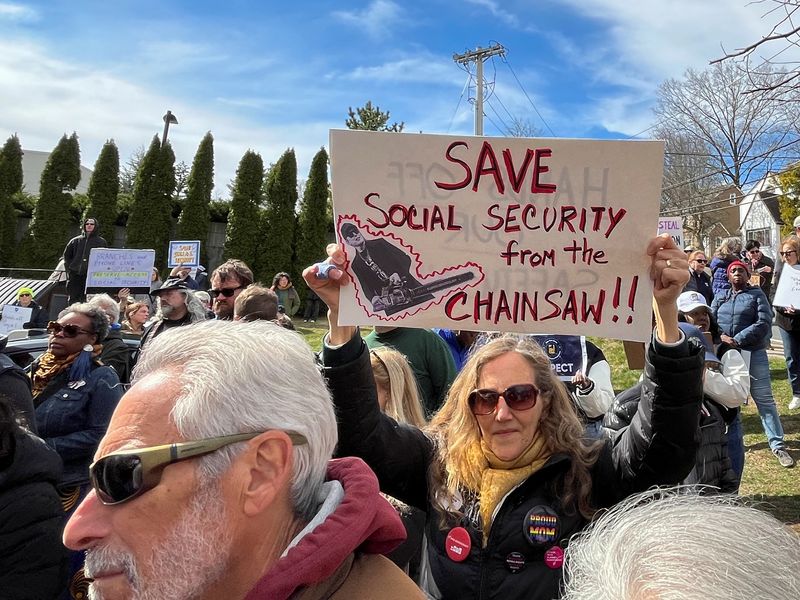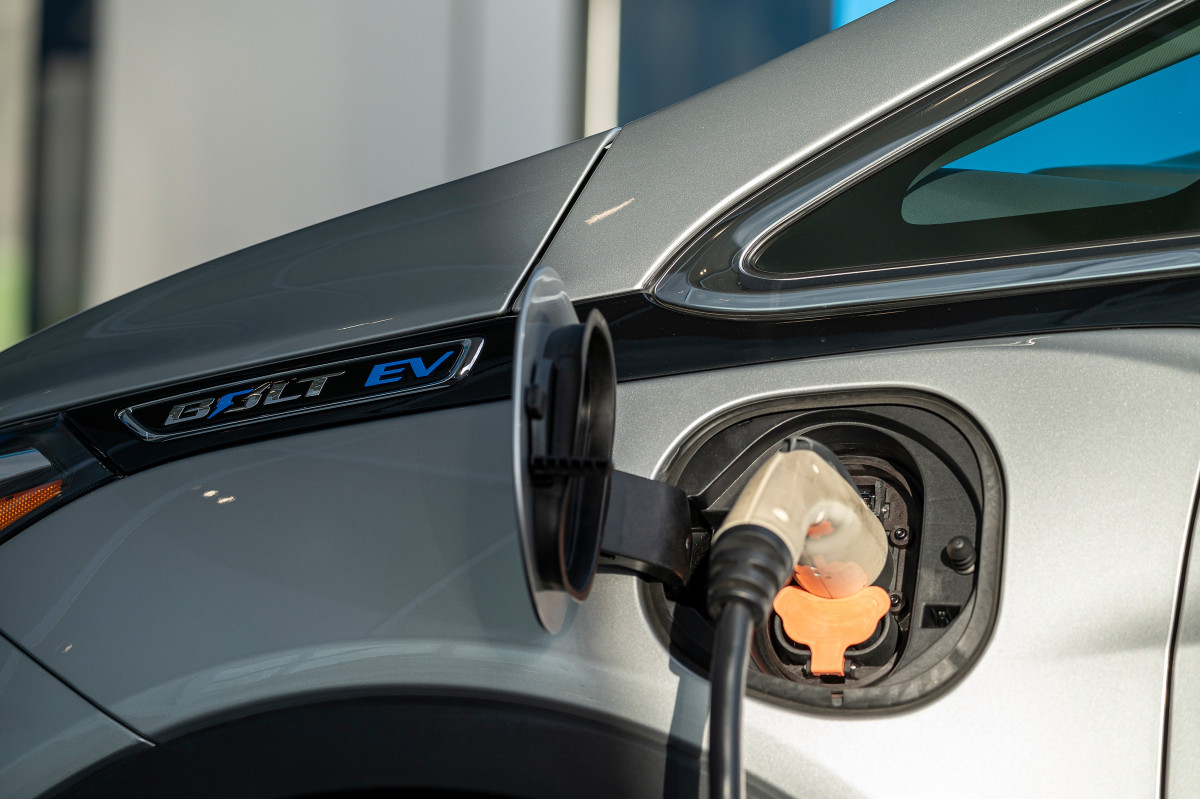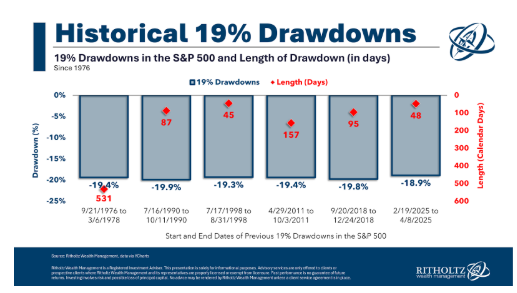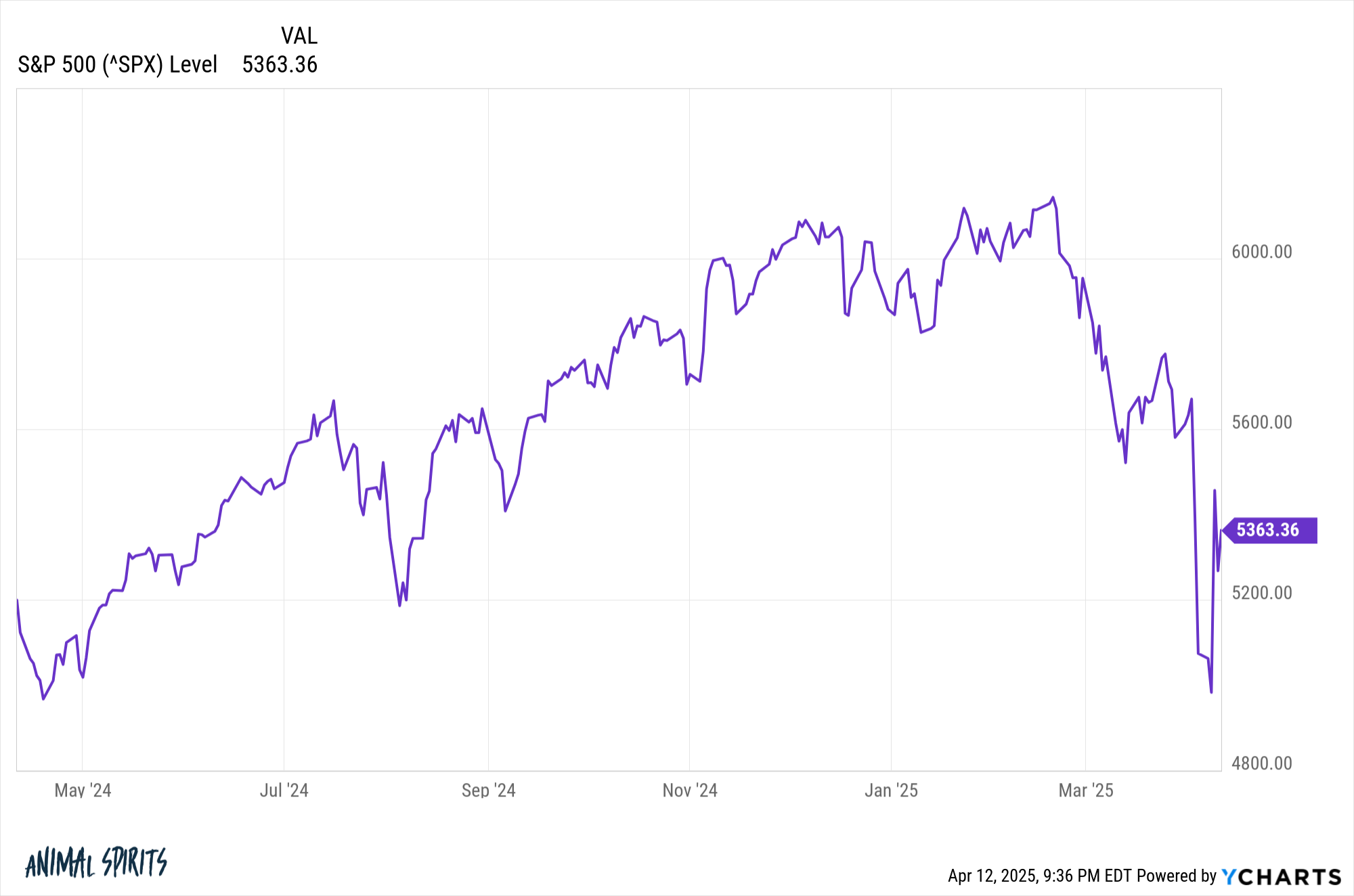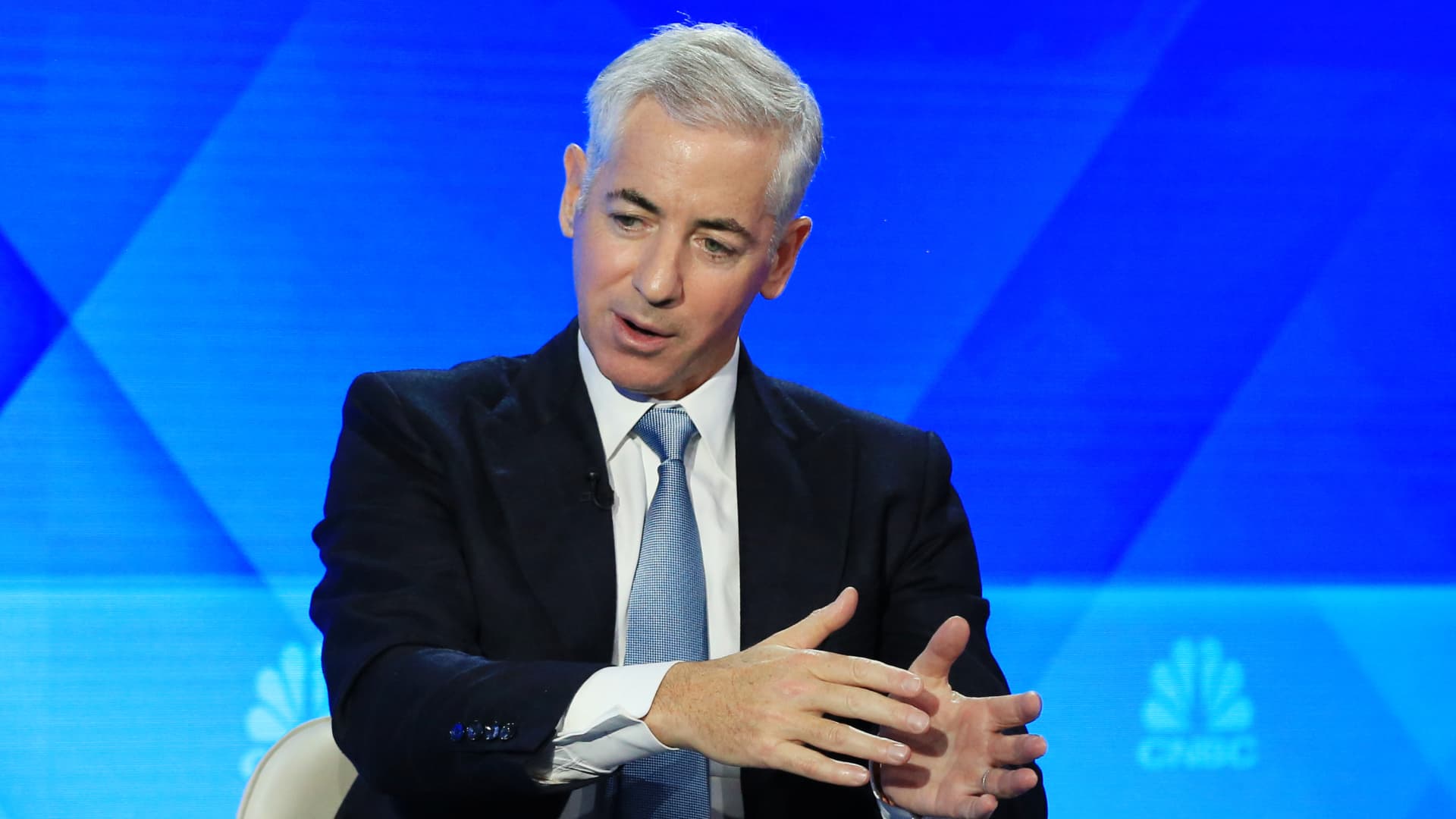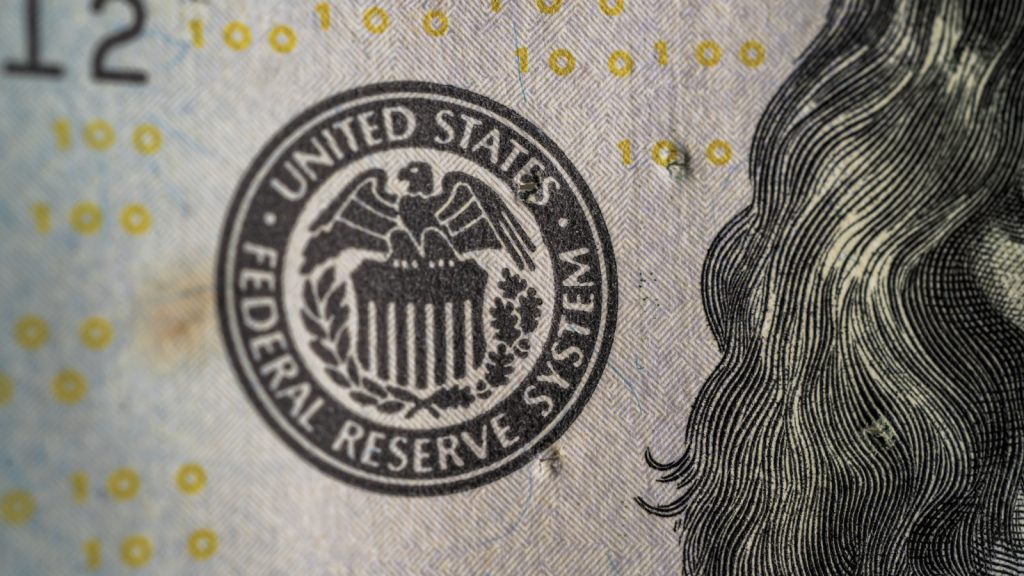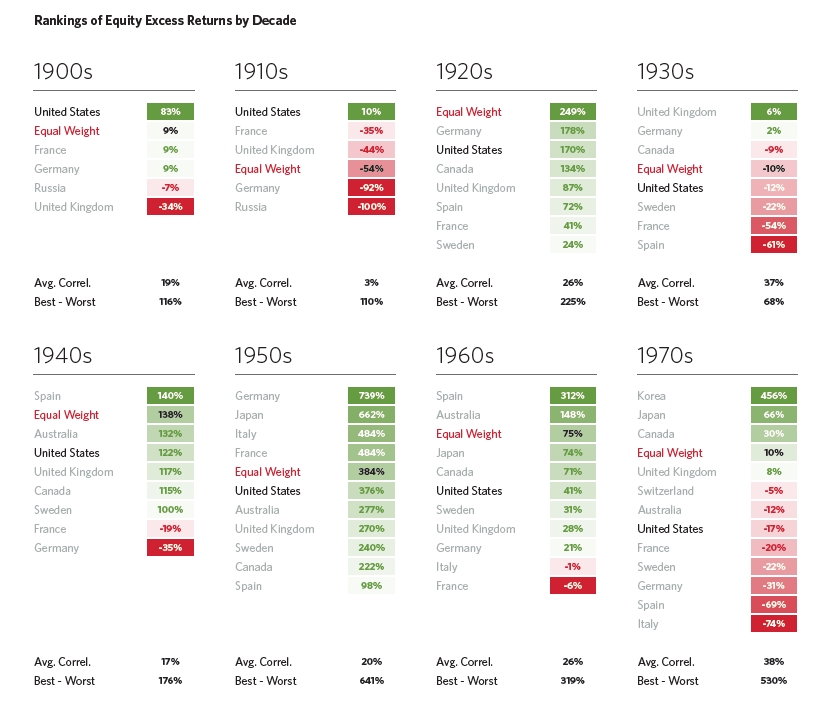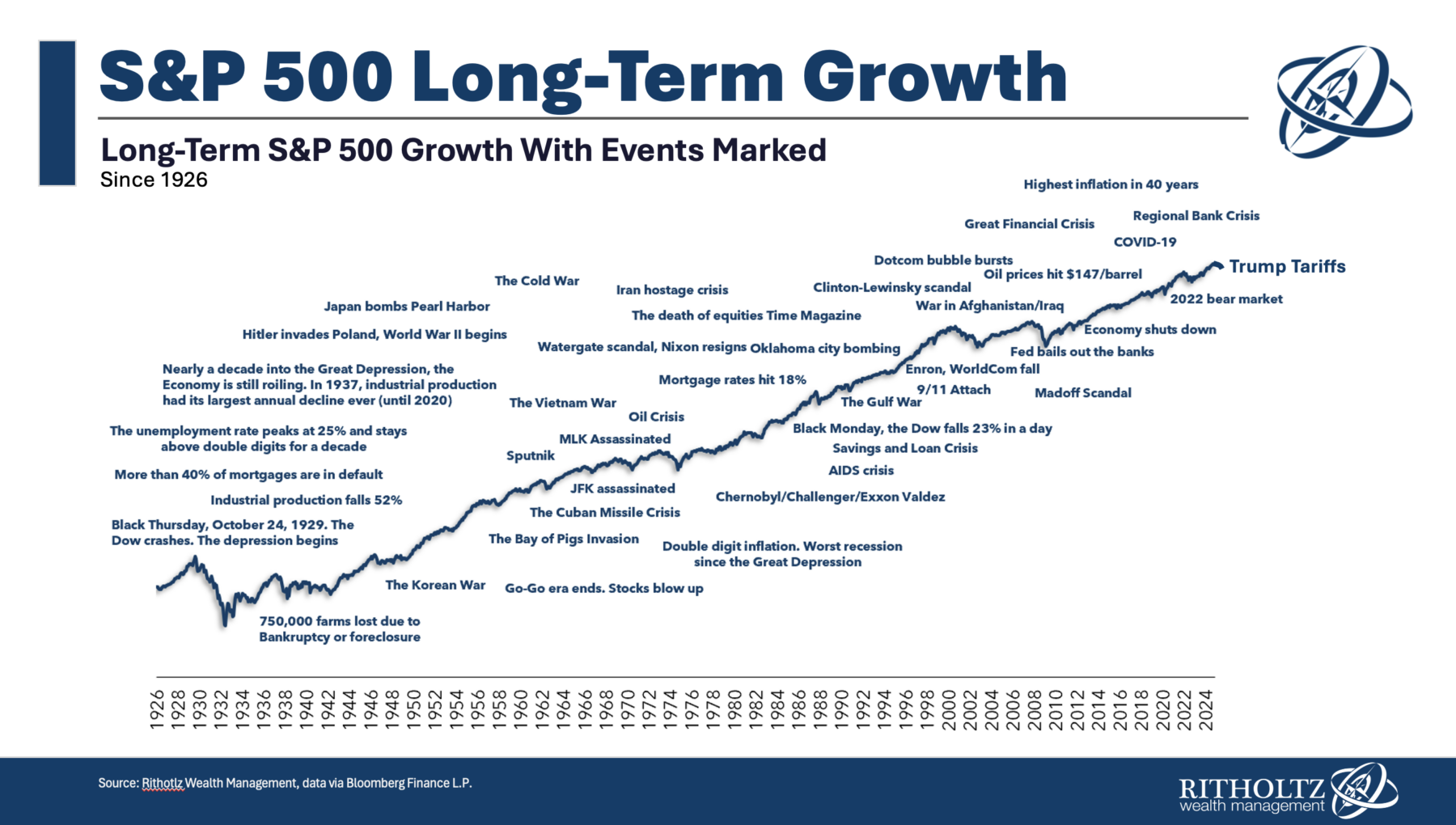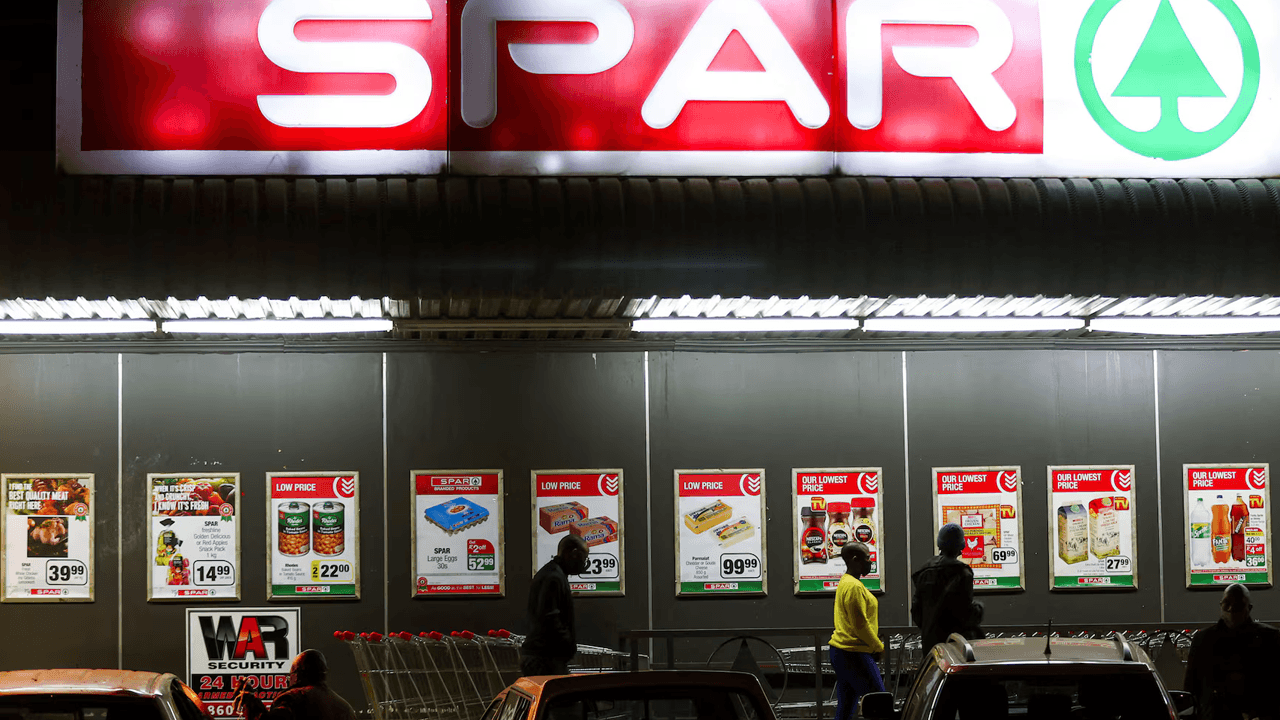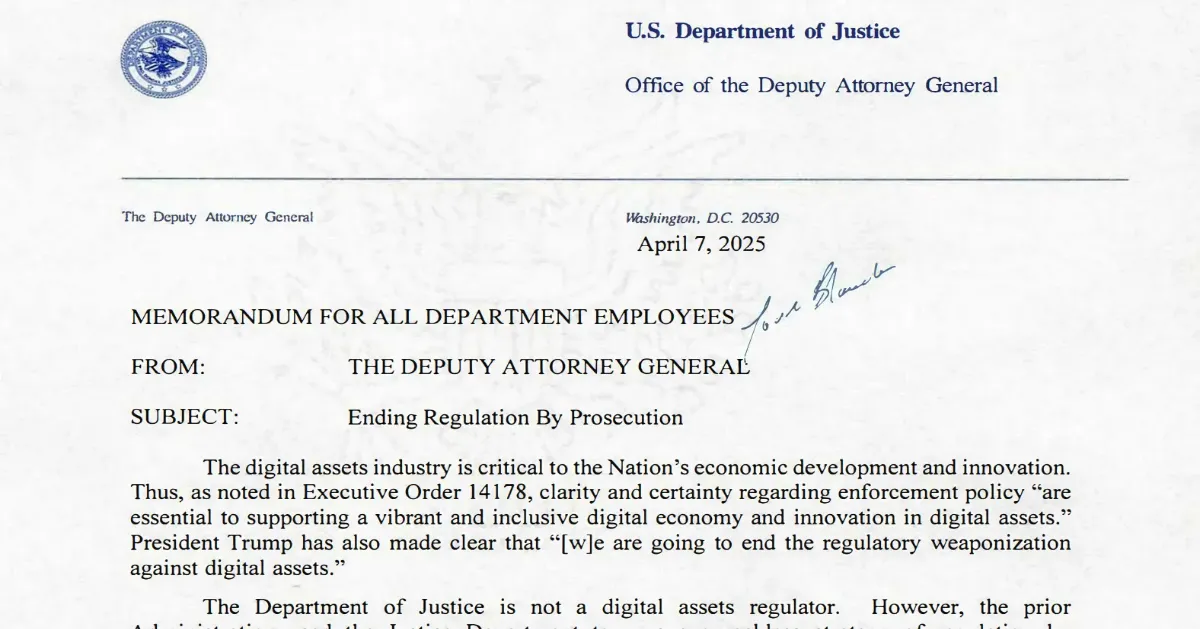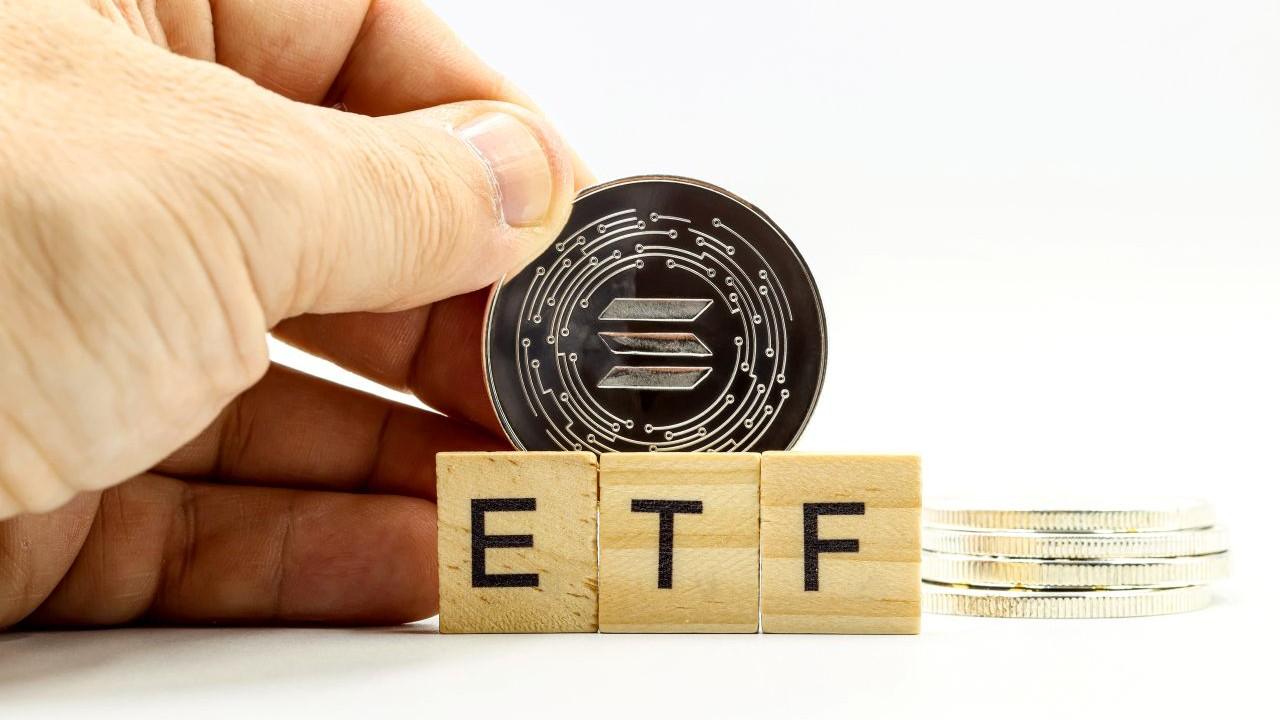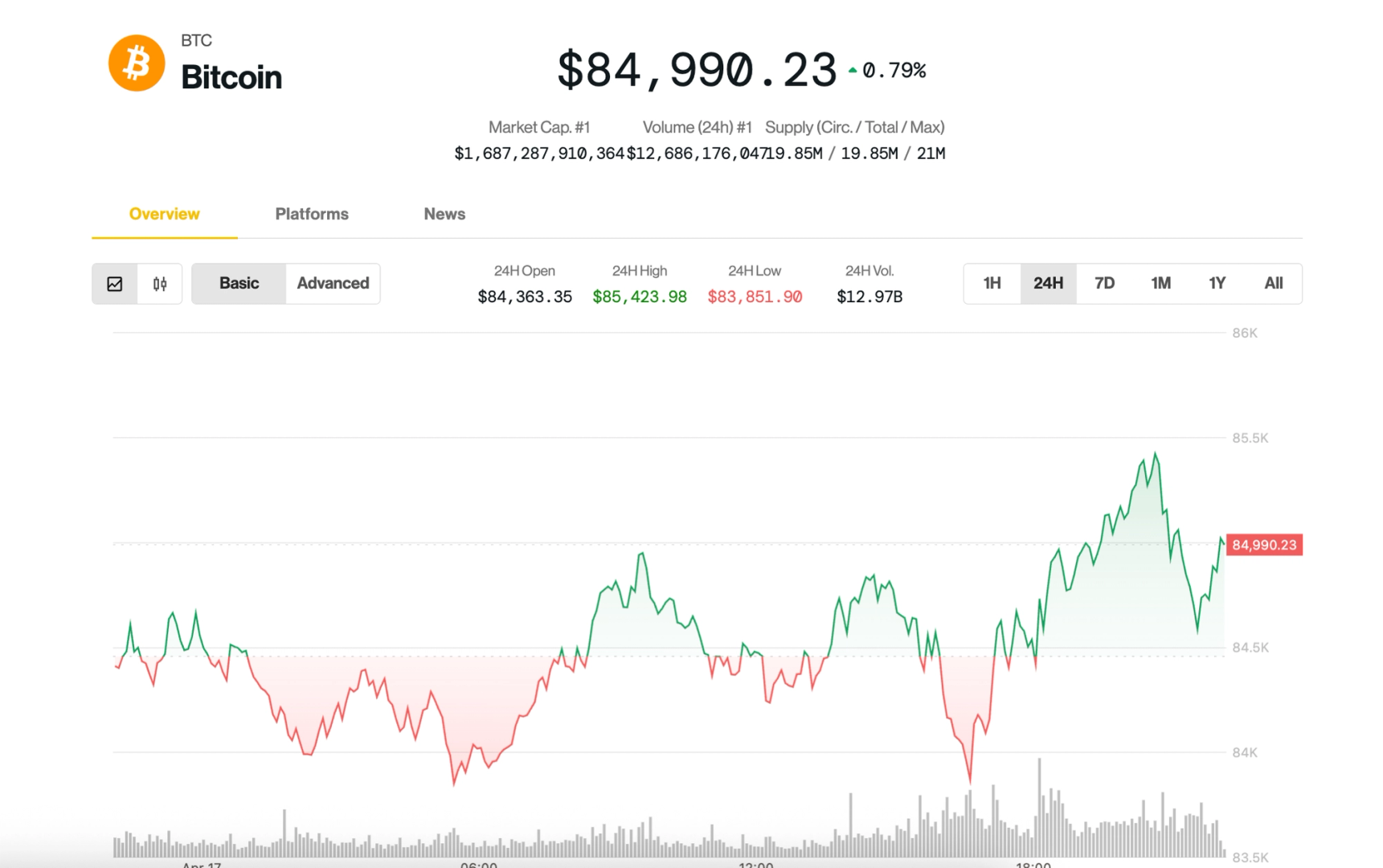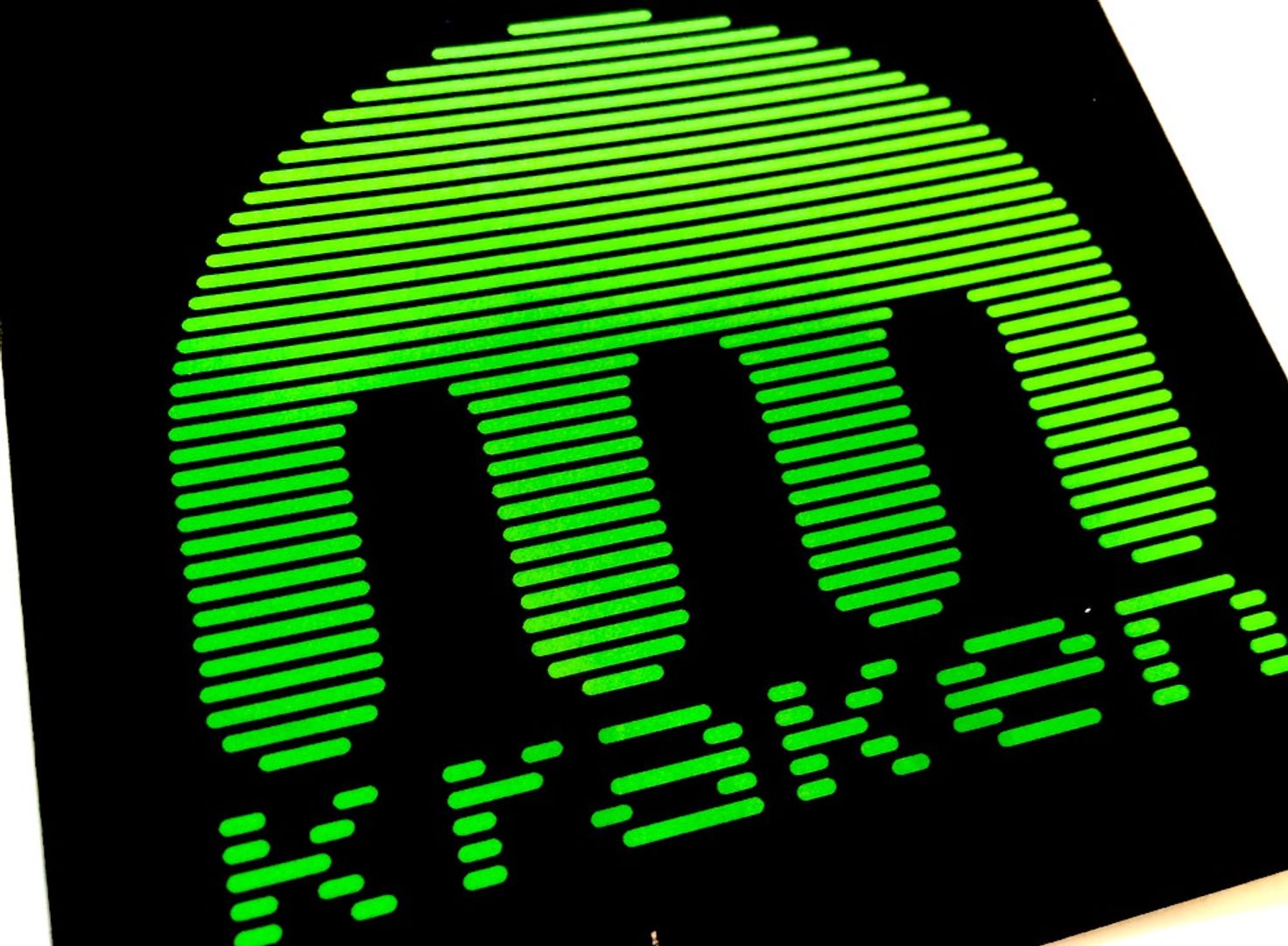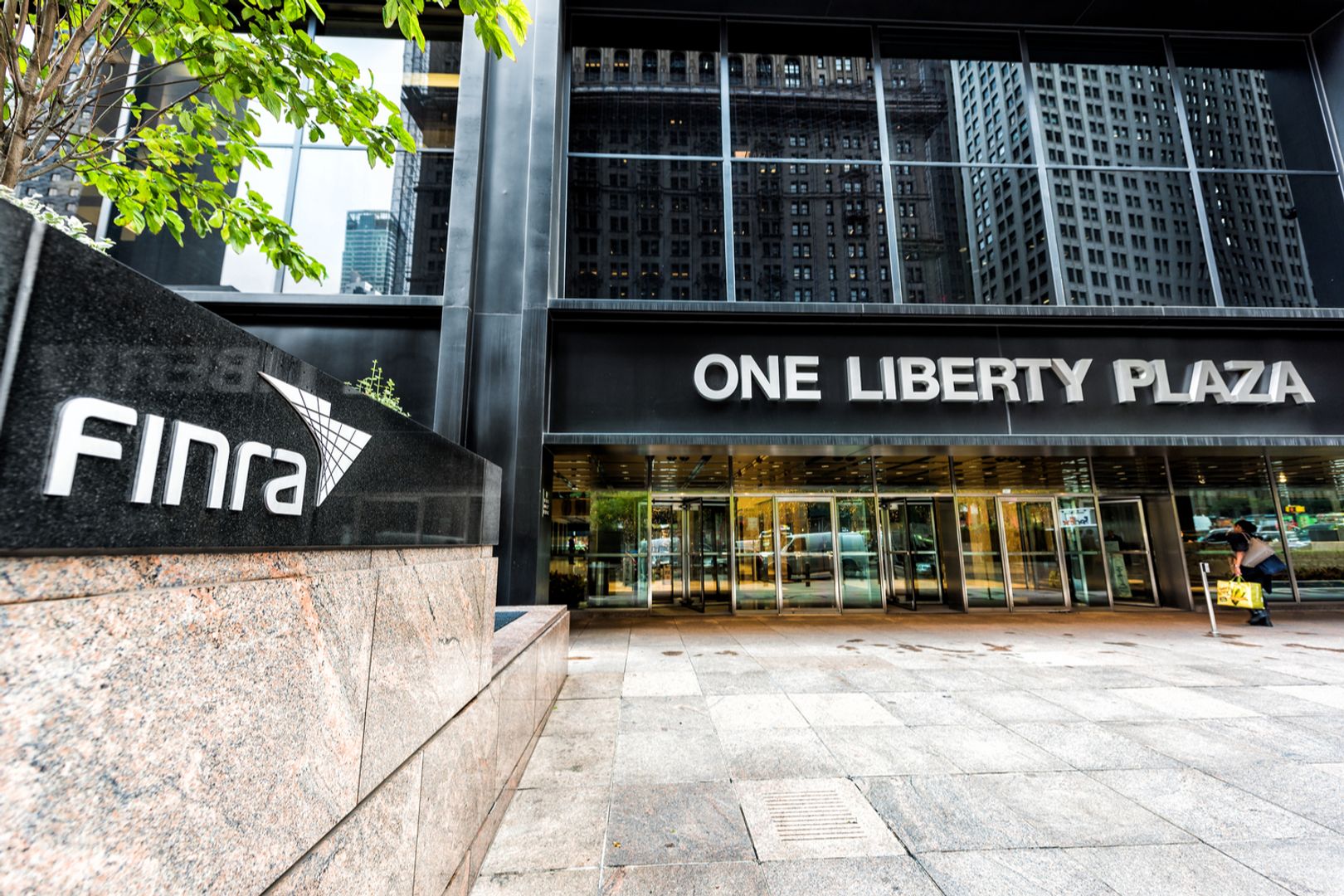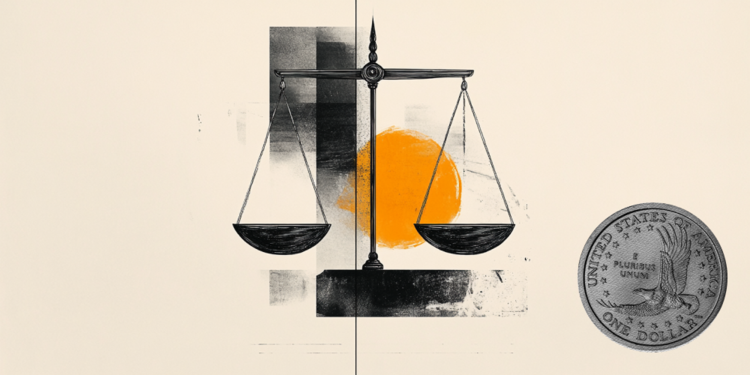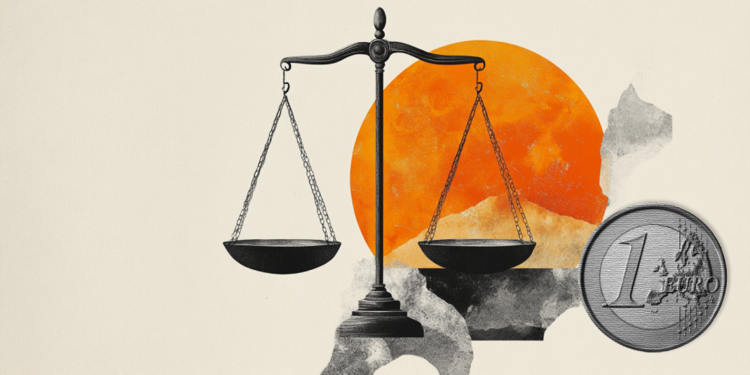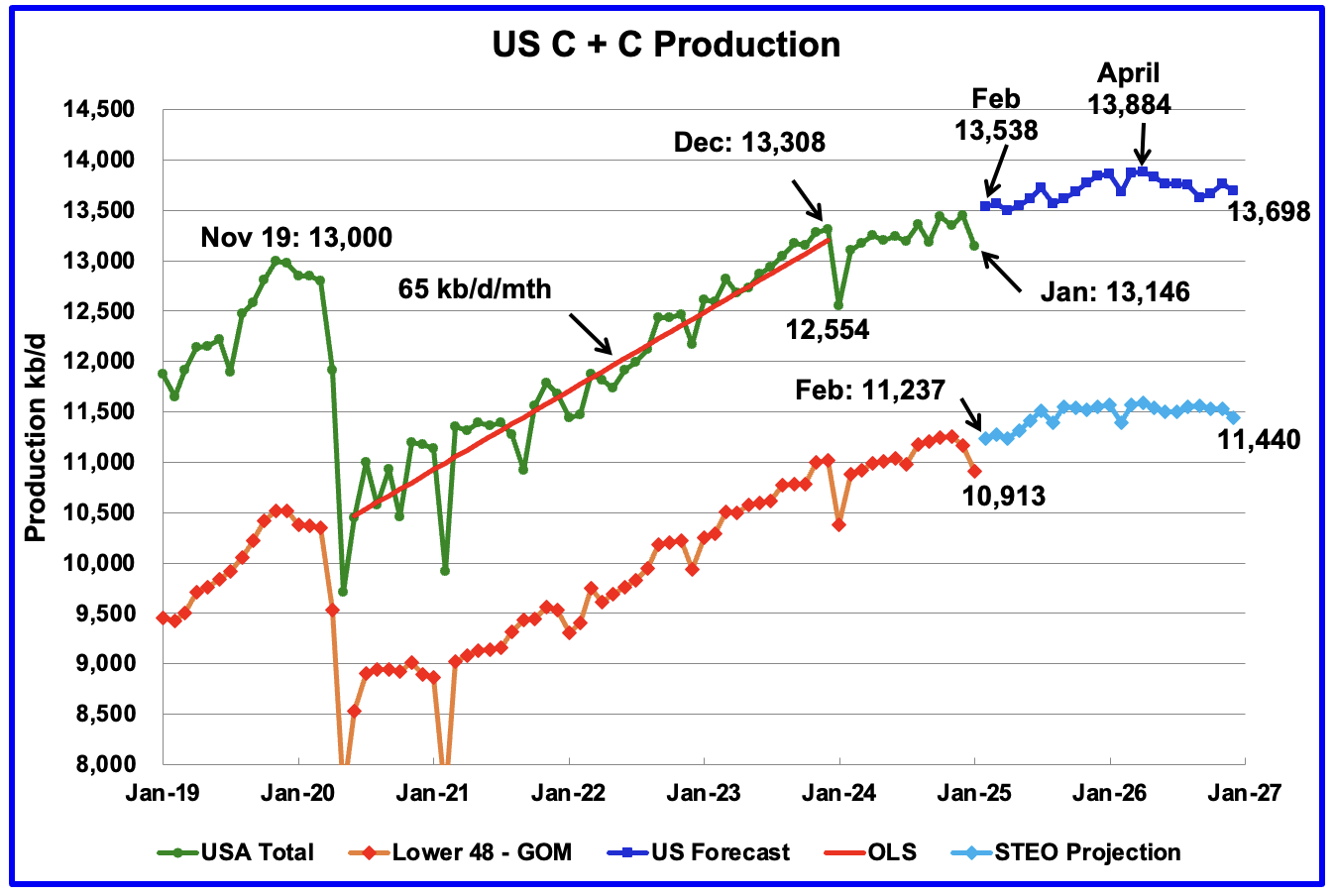The 5 Surest Signs You’re Middle Class – Not Poor
Rising costs have made it more difficult for many people to afford basic goods and services. Inflation impacts poor and middle-class families more than the upper class. However, there are some differences between poor and middle-class consumers. Middle-class families tend to exhibit these characteristics. You can use these benchmarks to check your progress and set […] The post The 5 Surest Signs You’re Middle Class – Not Poor appeared first on 24/7 Wall St..

Rising costs have made it more difficult for many people to afford basic goods and services. Inflation impacts poor and middle-class families more than the upper class. However, there are some differences between poor and middle-class consumers.
Middle-class families tend to exhibit these characteristics. You can use these benchmarks to check your progress and set financial goals.
Key Points
-
Rising prices have put pressure on all consumers.
-
Middle class families tend to have these five things in common.
-
4 million Americans are set to retire this year. If you want to join them, click here now to see if you’re behind, or ahead. It only takes a minute. (Sponsor)
Stable Employment

Stable employment is the hallmark of a middle-class family. The median household income for a middle-class family was $80,060 in 2023. Meanwhile, the poverty threshold for a family of four was $30,900 in 2023.
Having a steady job makes it easier to cover everyday expenses, and it provides more financial certainty. You have a good idea of how much you will earn each month and can plan your budget accordingly.
Manageable Debt Levels

The next trait of middle-class families is that they have manageable debt. Mortgage lenders view a 36% debt-to-income ratio as a manageable level for applicants. If you earn $5,000 in one month, you shouldn’t spend more than 36% of it — or $1,800 per month — on debt.
Higher costs may warrant a temporary side hustle to help cover everyday expenses. Some side hustles have the potential to become full-time income streams, but they can make debt more manageable.
Consistent Savings Habits

Another common characteristic among middle-class households is a consistent savings habit. Many middle-class families set aside at least 10% of their income for their savings accounts and investments.
Regularly investing in a portfolio, retirement account, or another investment vehicle makes it easier to achieve long-term financial goals. Investments compound over time, and while it’s hard to get to the first $100k, each milestone becomes much easier due to asset returns.
Homeownership

Homeownership is less common for the middle class now than it was in the past, but it’s different in some areas. New York has the lowest homeownership rate in the country, with a little more than 50% of people owning homes. On the other hand, homeownership rates exceed 75% in West Virginia, Delaware, Mississippi, and Maine.
Homeownership favors older individuals who have had more time to save money. Roughly 80% of Americans who are 65 years or older own a home. Only 23.6% of people in their 20s own a home in the United States.
However, middle-class families may have the aspiration to become homeowners and regularly take actions that move them closer to the goal.
Access to Quality Healthcare

Many middle-class families have good health insurance policies from their employers. It’s a valuable perk that helps most people avoid high monthly premiums. An employer-sponsored plan allows middle-class families to save more money and keep their debt at more manageable levels.
While most jobs require full-time hours to qualify for health insurance, some companies only require that you work 20-30 hours per week. Typically, only one spouse has to work for the entire family to be covered under an employer-sponsored health insurance plan.
The post The 5 Surest Signs You’re Middle Class – Not Poor appeared first on 24/7 Wall St..






